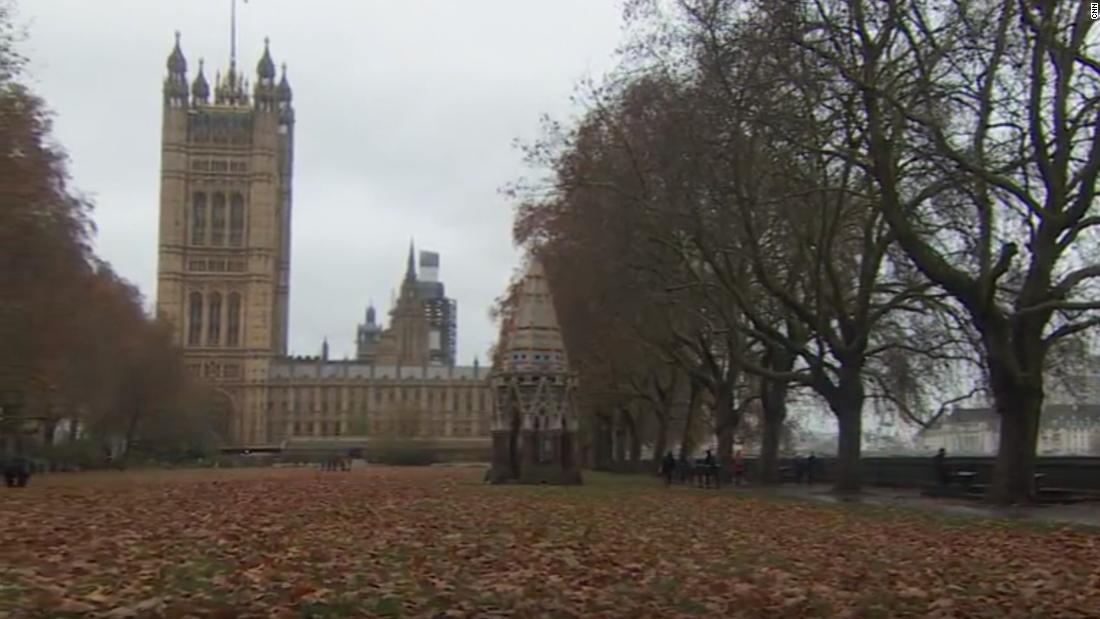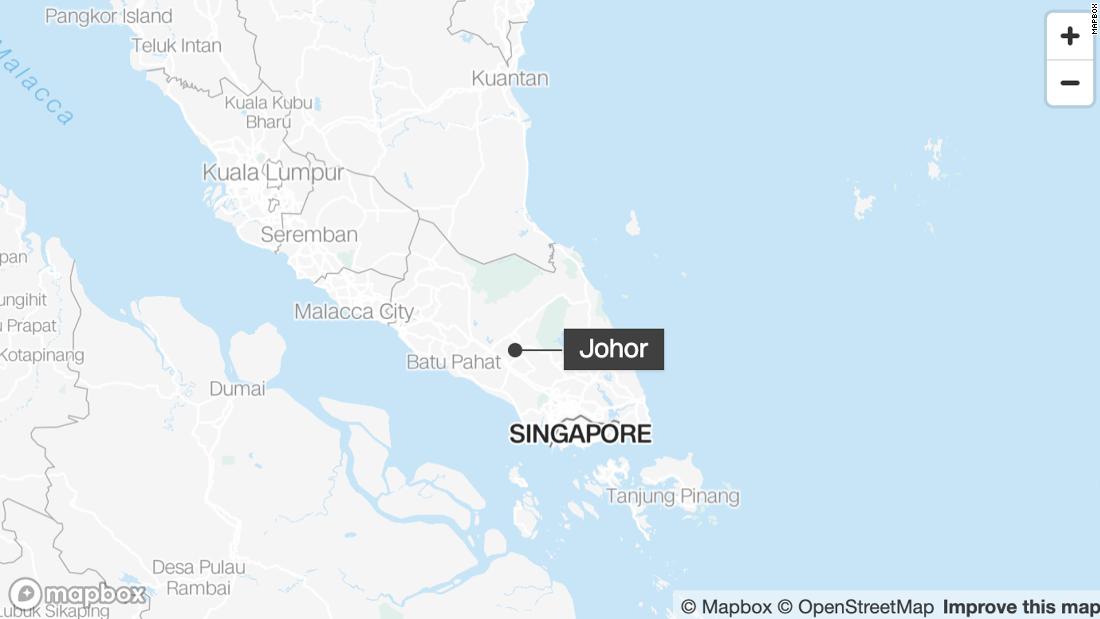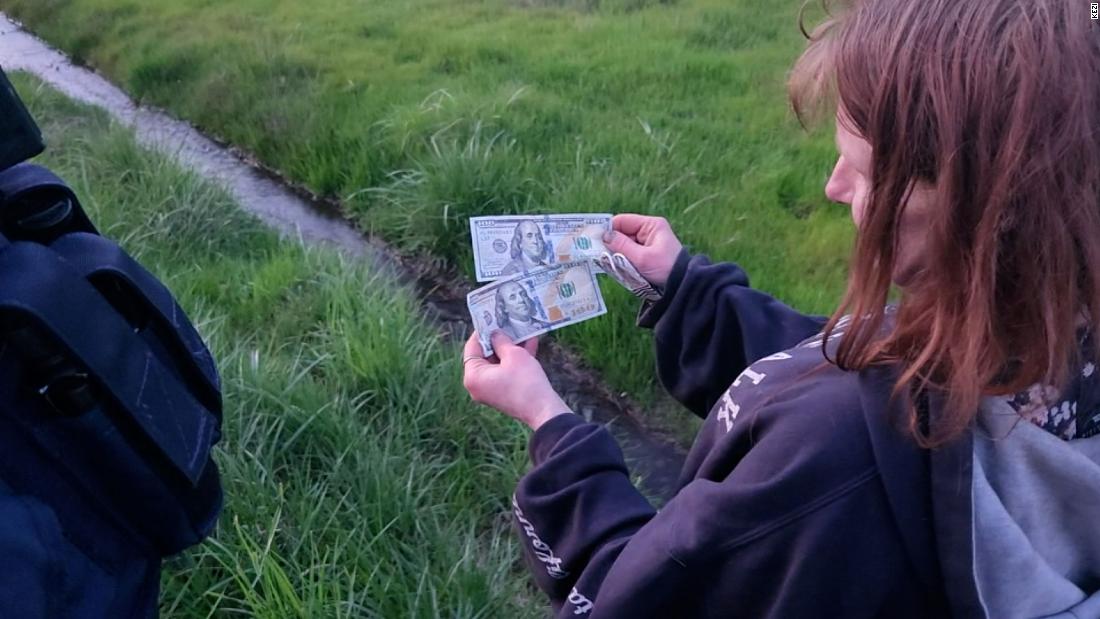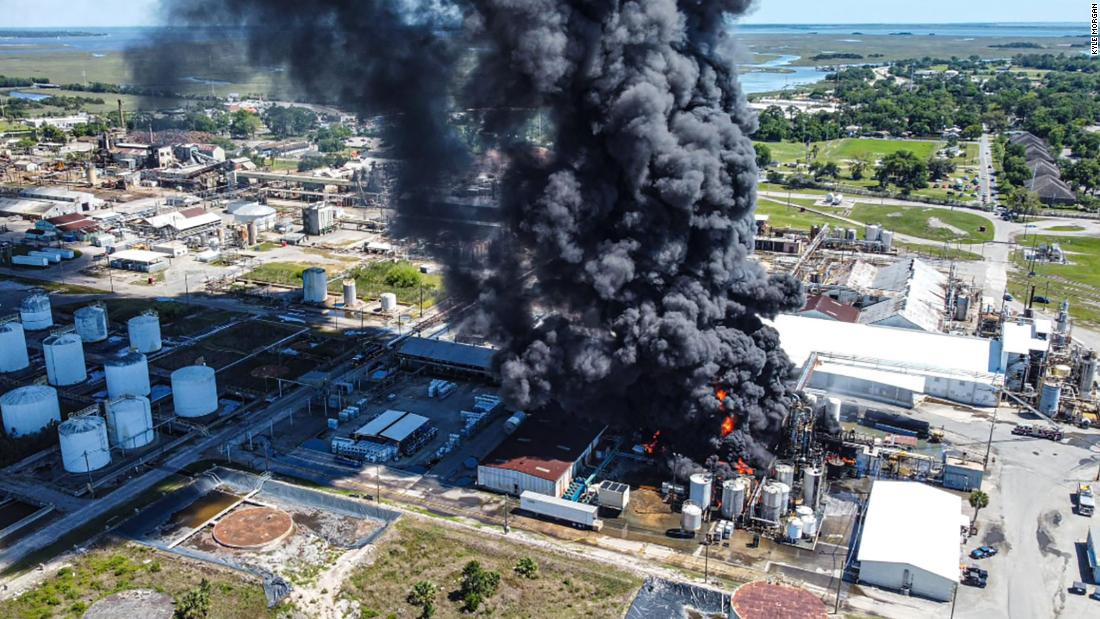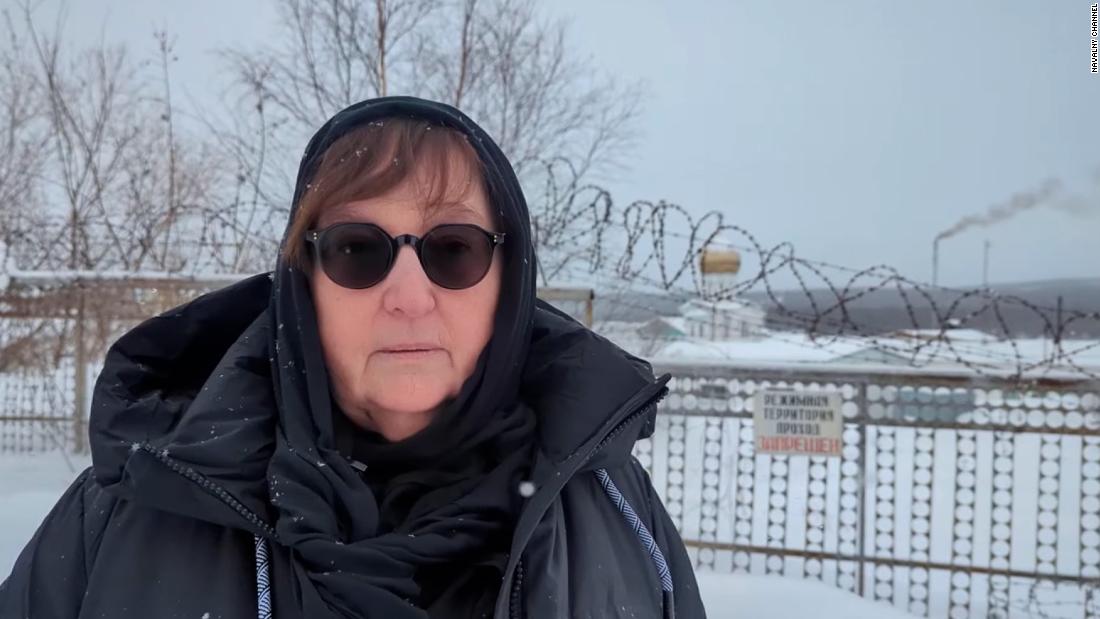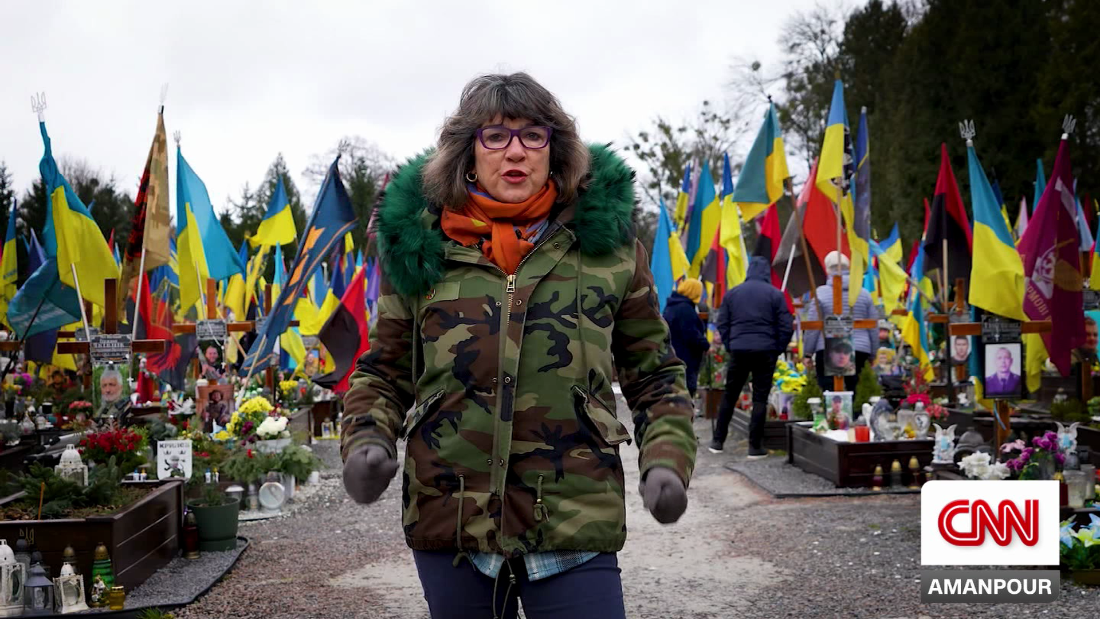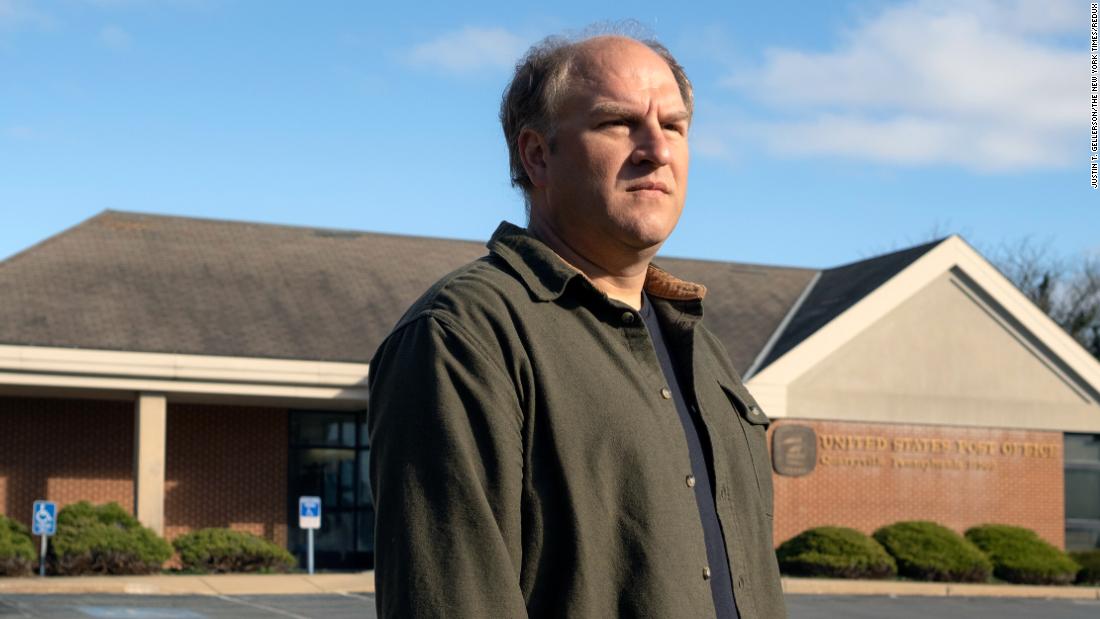A LOT of historic sites are shrouded in suffering and death, but one UK town is known entirely for its tragic past.
Eyam in Derbyshire suffered mass casualties during the Black Death, establishing itself as a haven for dark tourism centuries later.
AlamyEyam in Derbyshire has become a popular tourist destination due to its tragic past[/caption]
AlamyThe small village lost 75% of its residents to the Black Plague in the 1660s, with ‘plague cottages’ still standing today[/caption]
The Peak District village lost a staggering 260 villagers in just 14 months as the plague spread across England.
Given the town at the time only housed 350 residents, this loss was felt all the more by those in the area.
After the spread of the Black Death in the 1660s, Eyam earned the title of “plague village”.
The bubonic plague first wreaked havoc worldwide in the 1300s before another outbreak in England during the 1660s.
It claimed over 68,000 lives in London alone during this period.
The deadly disease eventually made its way north, reaching Eyam in the summer of 1665.
In a bid to shield neighbouring villages, Eyam’s inhabitants bravely chose to isolate themselves after symptoms of the plague were reported within its borders.
A boundary stone, which remains to this day, was erected between plague-ridden Eyam and the nearby unaffected town of Stoney Middleton.
Eyam’s residents would make their way to this stone to deposit vinegar-soaked money in exchange for food and medical supplies, left by Stoney Middleton’s inhabitants.
Today, visitors to Eyam can witness the lasting impact of the plague outbreak on the village.
There are numerous graves scattered throughout the village and surrounding fields as families were urged to bury their deceased near their homes instead of in the church graveyard.
These stringent rules were established by Reverend William Mompesson and Puritan minister Thomas Stanley.
They also opted to move all church services outdoors and ensured no one could enter or leave the village.
A recent visitor to Eyam shared a heartbreaking love story that has become part of the folklore surrounding the plague-stricken village.
“In 1665, the plague hit Eyam and they locked down the village, separating Emmott Sydall from her fiancé Rowland Torre,” the tourist said in an Instagram post.
Eyam during the plague
The Black Death is thought to have first arrived to the village in September 1665.
Historians have hypothesised the disease was brought to Eyam via a parcel of cloth delivered from London to a local tailor.
The cloth is believed to have been infested with plague-carrying fleas.
During the 14-month voluntary quarantine, 75% of the town’s residents passed away.
One resident, Elizabeth Hancock, buried her husband and six children with her own hands within eight days.
Plague cottages, where victims lived and died, still stand in the town today.
“Emmott and Rowland would meet at the village boundary once a week, keeping their distance so he wouldn’t contract the disease.
“One day, Emmott didn’t show up, when the lockdown was lifted, Rowland was among the first to enter the village in search of Emmott.”
A plaque indicates that Emmott was one of the village’s many victims of the black death.
The romantic rendezvous of the two at the village boundary has been immortalised in a stained glass image visible in Eyam’s St Lawrence’s Church.
More on dark tourism
Plus, the stunning paradise island with WW2 wrecks that has also become a haven for dark tourism.
And the darkest and weirdest weekend breaks across Europe.
Dark tourism has reached all corners of the globe, with many visiting suicide forests and nuclear disaster zones.
Some thrillseekers even risk death in the world’s most dangerous countries.
GettyResidents were encouraged to bury their loved ones away from the church grounds[/caption]
AlamyThe Riley Graves contain the resting place of a man and his six children, all buried by hand by the only surviving member of the family[/caption] Published: [#item_custom_pubDate]





















































